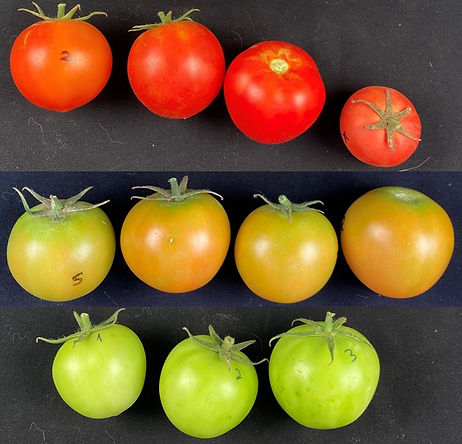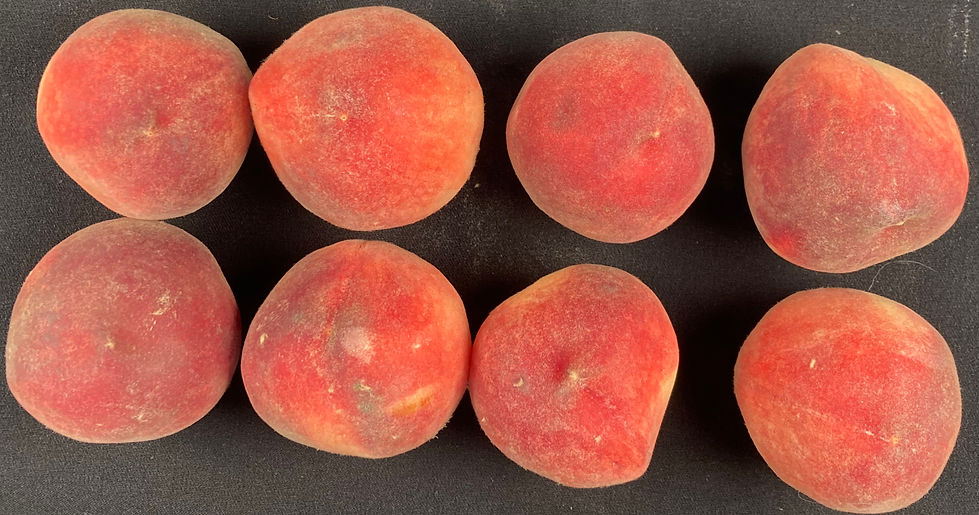the postharvest plastid biology and redox lab
Exploring Chloroplast Transformation & Redox Regulation in Fruit Storage
Fruits undergo remarkable transformations as they ripen, and their quality after harvest depends on complex molecular processes. In our lab, we study how plastids—specifically chloroplasts—convert into chromoplasts during ripening and what happens to the photosynthetic apparatus during this process. We also investigate how oxidative and redox mechanisms influence chilling injuries in fruit during storage.
By uncovering these fundamental biological processes, we aim to bridge the gap between plant science and practical postharvest solutions that benefit farmers, suppliers, and consumers alike.

Our Research Interests
Plastid Transformation & the Fate of Photosynthesis
Chloroplasts are the engines of photosynthesis, but during fruit ripening, they must transition into chromoplasts. How is the photosynthetic machinery dismantled? What regulatory pathways control this transformation? We explore the protein biochemistry, molecular signaling, and genetic controls that drive this shift.
Chilling Injuries & Redox Biology in Fruit Storage
Cold storage extends fruit shelf life, but some species are highly sensitive to chilling, leading to irreversible damage. Our research focuses on the redox-driven molecular mechanisms that govern these chilling injuries, with the goal of identifying strategies to mitigate postharvest losses.
Our Approach
Fundamental Science
Understanding the molecular basis of chloroplast-to-chromoplast conversion and redox signaling in fruit storage provides crucial insights into plant biology, photosynthesis, and oxidative stress.
Applied Impact on Agriculture
Our research has direct implications for postharvest storage strategies, helping improve fruit quality, reduce waste, and support sustainable agricultural practices—particularly for deciduous tree fruits. By working closely with stakeholders in the value chain, we aim to turn discoveries into practical solutions.
Our Tools & Techniques
To unravel the complexities of plastid transformation and redox regulation, we employ a combination of protein biochemistry, molecular biology, and reverse genetics. Our toolkit includes special redox biochemistry methods, as well as studying proteins and protein complexes, but at our core we are question based, adopting the required techniques to answer the questions that interest us. By integrating a plethora of methods, we aim to dissect the molecular pathways that drive fruit ripening and postharvest stress responses, bridging fundamental science with agricultural applications.


